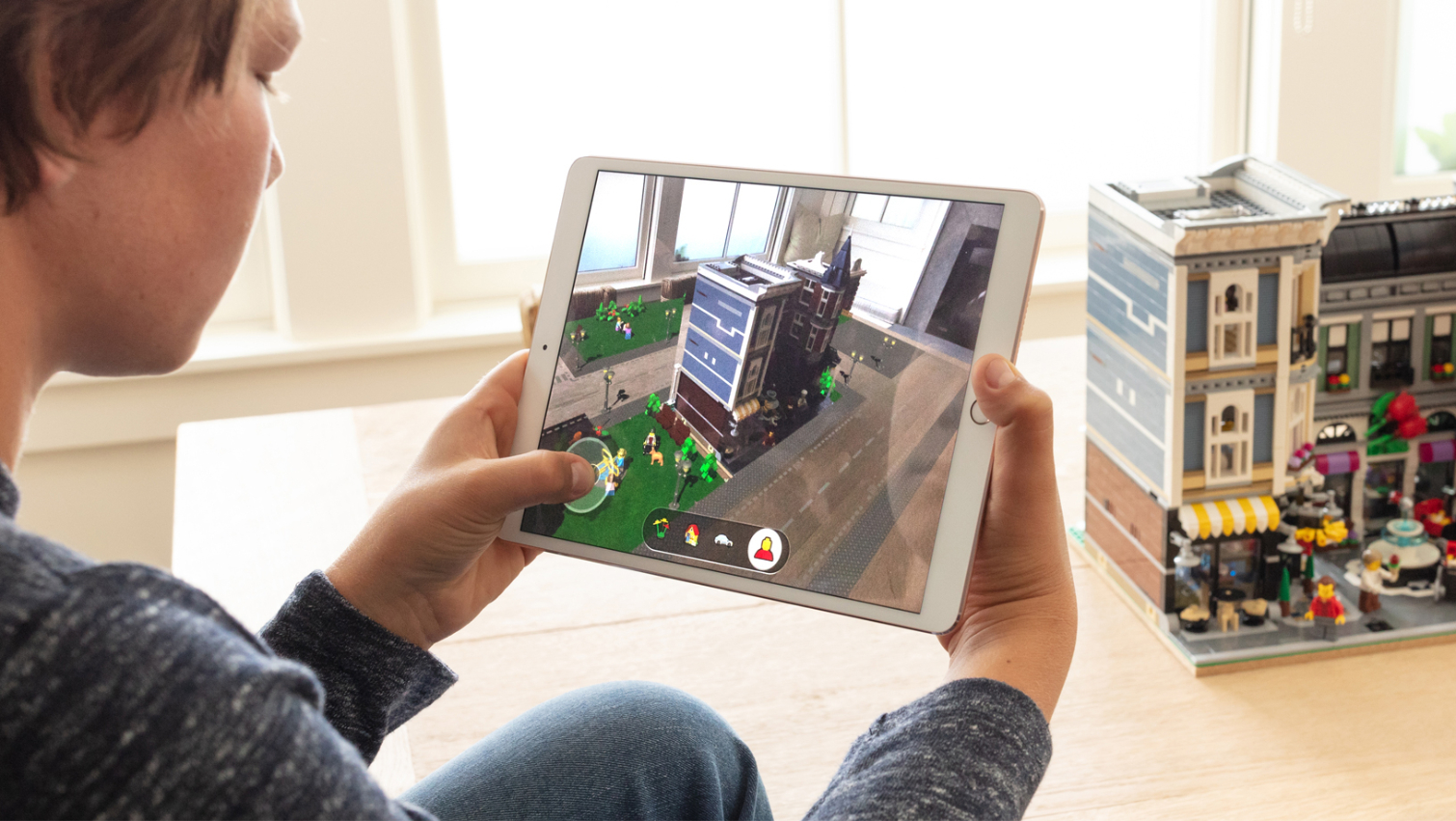Apple ARKit 2 Supports Persistent Tracking, Shared Experiences
Last year, Apple took its first major steps into the augmented reality industry with the introduction of the ARKit development platform for AR apps on iOS devices. The first generation of the platform offered impressive features, such as positional tracking and environment understanding. Now, less than a year later, Apple introduced the second generation of the ARKit development platform at its annual WWDC developer conference.
Apple’s ARKit 2 offers improved features and new functionality that the original version lacked, such as improved face tracking and object detection. ARKit 2 also enables shared AR experiences between multiple users and persistent experiences that remain anchored to environmental objects, so you can come back to them again and again.
Apple didn’t go into details about the improved facial tracking during the reveal, but the announcement implies that ARKit 2 includes improved facial detection algorithms. Apple also briefly mentioned that ARKit 2 features more realistic rendering techniques, which should help virtual items blend in with the real world a bit better.
Apple also revamped its object detection technology with ARKit 2. The original ARKit release featured landscape perception technology that could map flat surfaces such as walls and tables. ARKit 2 offers full 3D object detection, not just flat surface detection.
Apple demonstrated a Lego AR application that was built with ARKit 2 on stage at WWDC using an iPad. The demonstration highlighted several features from ARKit 2, including the improved rendering, persistent tracking, and multiplayer capability. The Lego AR app tracked the position of the physical set and built virtual Lego sets around it to create a Lego town. The app also added animated Lego minifigs, which in effect transformed a physical Lego toy into a Lego video game. The game-slash-experience supports up to four players for cooperative play.
Apple even demonstrated that ARKit could reveal the interior of a physical set and apply animations to make it come alive within the virtual scene.
Meet The New AR File Format
Along with the announcement of the new and improved ARKit 2, Apple introduced a new file format for AR scenes called usdz, which is based on the Universal Scene Description file format. Usdz files are isolated 3D objects that can be used in VR or AR experiences.
Get Tom's Hardware's best news and in-depth reviews, straight to your inbox.
Apple said that native iOS 12 apps such as Safari, Messages, Mail, News, and Notes will natively support the new usdz format. Adobe revealed that the company’s Creative Cloud suite would also support usdz files.
Kevin Carbotte is a contributing writer for Tom's Hardware who primarily covers VR and AR hardware. He has been writing for us for more than four years.
